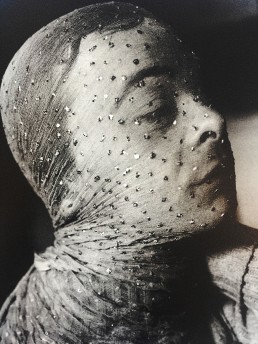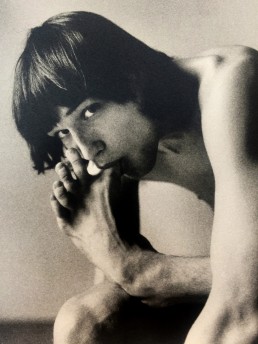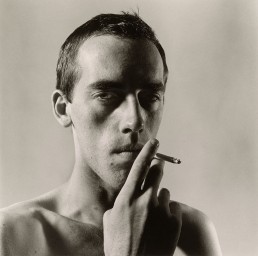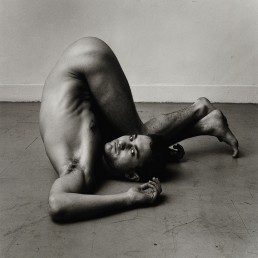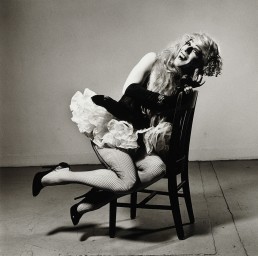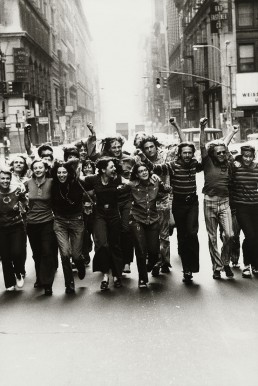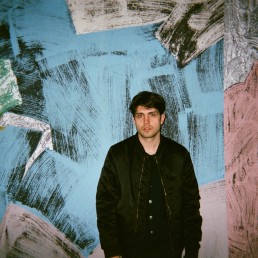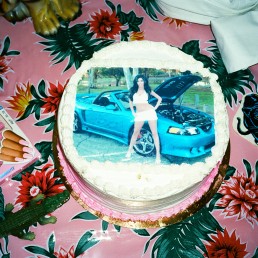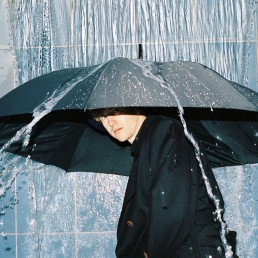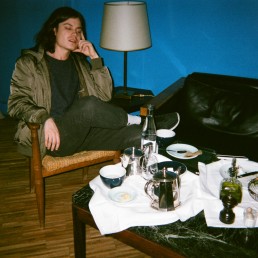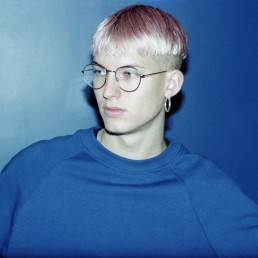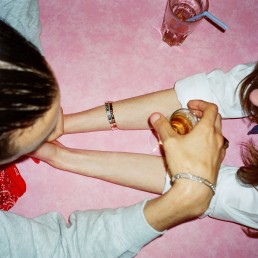For the first time in France, le Jeu de Paume museum presents a selection of 150 photographs of the singular artist Peter Hujar until January 19th 2020. This exhibition follows Hujar’s work from the beginning, middle 1950 until the 80’s, shaping a portrait of the underground New York City.
The life and art of Peter Hujar (1934 – 1987) were rooted in downtown New York. Private by nature, combative in manner, well-read, and widely connected, Hujar inhabited a world of avant-garde dance, music, art and drag performance. His mature career paralleled the public unfolding of gay life between Stonewall uprising in 1969 and the AIDS crisis of the 1980’s.
After graduating from high school in 1953, Hujar worked as an assistant to commercial photographers until 1968. Five years of contributing features to mass-market magazines convinced him that a fashion career wasn’t right for him and in 1973 he opted for an autonomous, near-penniless life as an artist.
In his loft studio in the East Village, Peter Hujar focused on those who obeyed their creative instincts and shunned mainstream success. At forty-two, he published his only monograph “Portraits in Life and Death”, and opened his first solo gallery show. The searching intimacy he achieved as a portraitist carried over into unsentimental photographs of animals, plants, landscapes, buildings and the unique features of nude bodies.
Hujar’s brief relationship in 1981 with the young artist David Wojnarowicz evolved into a mentoring bond that changed both their lives. On their excursions to blighted areas around New York, Peter crafted the portrait of a city in free fall, complementing Wojnarowicz’s dark vision of Reagan-era America. Peter Hujar died of AIDS-related pneumonia in November 1987.
The exhibition is divided into five parts:
– His early years in 1957 when Peter Hujar finished high school in Manhattan where he studied photography.
– Portraits, which was central to Hujar’s practice.
– New York City, as he spent all his life there and most specifically in Manhattan.
– Bodies, which was another focal point of the photographer’s last decade of work.
– Gracie Mansion Gallery in 1986.
Words by Ivica Mamedy; Images from Le Jeu de Paume
